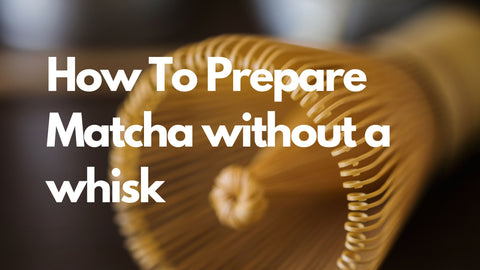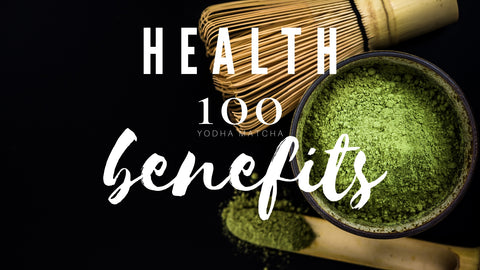Everything You Need to Consider When Buying Matcha
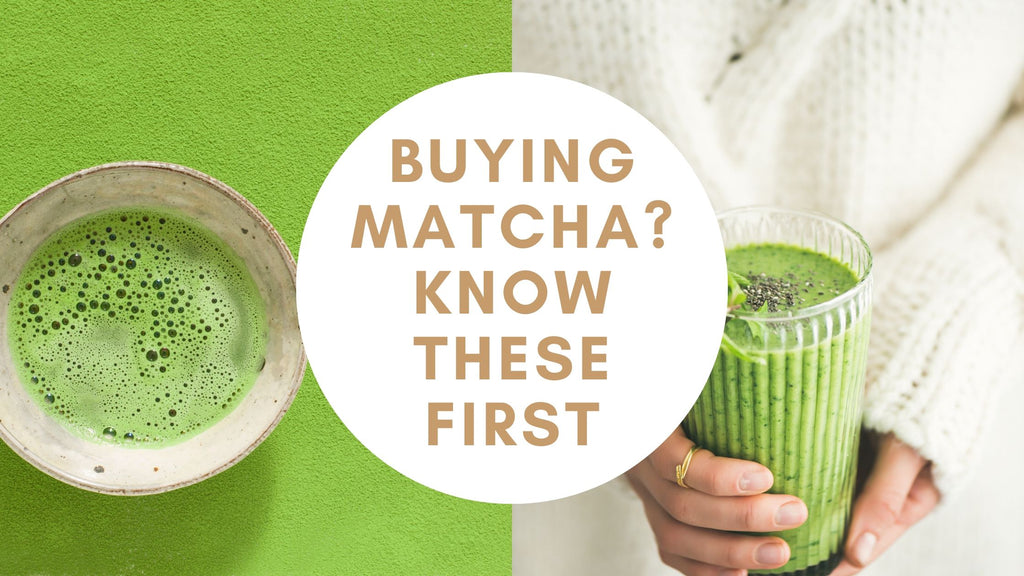
Matcha, as a premium commodity, requires a careful approach to production and sourcing. What are the things that you need to consider to ensure quality when buying matcha? Read here to find out.
When it comes to organic stuff, there's nothing quite as powerful and popular as matcha. Traditional Japanese tea ceremonies revolve on this powdered tea since the 12th century. Until recently, this valuable Japanese commodity made its way to mainstream Western culture. Despite its popularity, sourcing and buying matcha are skills not familiar to everyone.
The demand for matcha outside Japan has increased for several reasons. People find matcha pleasant to the eyes and the palate. Several studies also suggest its many health benefits. But is there a surefire way to know if the matcha you're buying is the type worthy of all the hype? Let us take a look at some things to consider when purchasing matcha.
More than your Usual Cup of Tea: Things to Consider When Buying Matcha
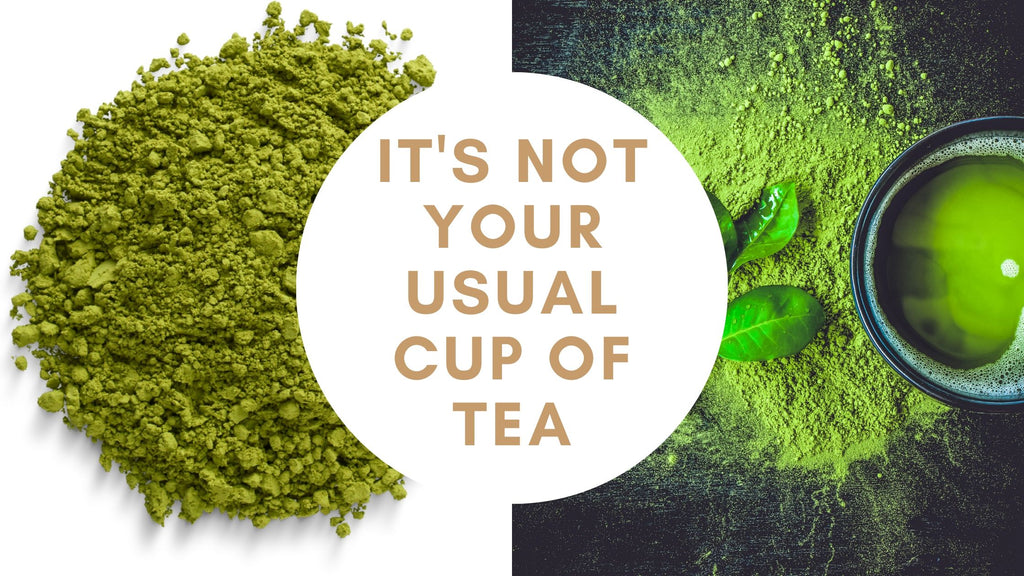
Matcha's hype comes from a variety of reasons. And it would help if you first understood what this tea is and where it originated. And for all the innovative ways Westerners are enjoying this distinctive Japanese tea, very little matcha is being consumed the way aficionados have for centuries. In other words, there is more to discover about how matcha should be enjoyed and consumed.
Matcha is stone-ground green tea leaves processed into fine tea powder. The word "matcha" translates to "powdered tea." The powder is then sifted and whisked with hot water. The complicated process required to produce matcha makes it more expensive than others.
Matcha differs from other teas because of the process known as shading. Through this process, farmers keep the green tea plants away from direct sunlight for 20 days.
Shading boosts the plants' chlorophyll levels and increases the production of L-Theanine. This organic compound in tea makes us feel calm and stimulated at the same time.
Throughout the production process, Japanese tea farmers only pick the best buds. Leaves rolled out flat before drying and leaves laid out to dry result in two different green teas.
The leaves rolled out before drying become a premium type of green tea known as Gyokuro. Meanwhile, the leaves laid out to dry become Tencha, which are then used to make matcha. Since whole tea leaves in cold storage will keep longer than powdered tea, it is kept refrigerated, as tencha, until it's ready to be packaged. What follows next in this process is what sets apart matcha from regular green tea. Deveining, de-stemming, and stone-grounding the leaves into talcum-fine powder need time and expertise.
The best matcha (and the more expensive ones) comes from Japan. Green tea production is most abundant in Uji, Nishio, Shizuoka, and Kyushu. So do take note of these on the packaging (if you're able to read Nihongo). Otherwise, matcha from Japan will do.
What Health Benefits Can I Get from Matcha?
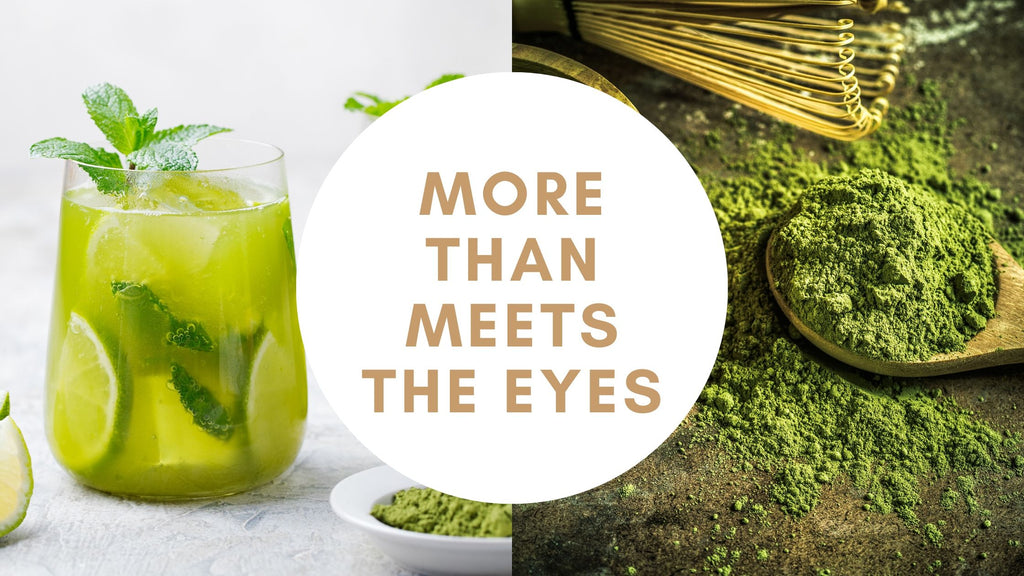
Now considered a "superfood," matcha offers several kinds of health benefits such as general heart health, reduced risk for diabetes, a rich source of antioxidants that lower risk for cancer, and even weight loss.
However, there is still little concrete scientific data on what makes matcha such a potent health food. Most current research on green tea and health is based on correlational population studies and not controlled experiments.
Also, experimental studies that offer insight into compounds found in green tea neither account for their bioavailability in natural forms nor their natural nutrient content across various teas types.That said, do take remarkable health claims with a dose of healthy skepticism. Remember, if something seems too good to be true, it probably is.
As amazing as some health claims seem to be, there are good reasons people would consider them valid. For one, matcha is a potent organic product. Since you consume the entire leaf, you do get more nutrients than brewed teas.And that's more than just stuff like caffeine. Matcha contains lots of L-theanine, an amino acid known to have a calming but not sedative effect.
The Difference Between Ceremonial and Ingredient-Grade Matcha
To understand what separates high-quality matcha from those mass-produced to catch on with the hype, we first need to highlight the difference between ceremonial and ingredient-grade matcha.
In Japan, distinctions of quality such as "ceremonial grade" (common in the US) are not used.
However, matcha does come in various types and qualities. Matcha can be measured by flavor, particle size, color, and amino acid content - things that you wouldn't know unless you do your research on the product.
All these make matcha, without a doubt, a premium kind of tea. And getting quality matcha is not as simple as grabbing a green tea latte at Starbucks. There are a few essential things you need to know to get it right:
Check the import label.
We now know that most of the premium kind of matcha comes from Japan. Cities like Uji, Kagoshima, Nishio, Shizuoka, and Kyushu produce the highest amount of premium matcha. Green tea thrives in these areas due to the quality of soil, freshwater, and optimal climate.
The greener, the better
When it comes to teas, the color will tell you the quality of the product. Top-quality ceremonial grade matcha should have a vibrant green color. But, cooking matcha does not. Cooking matcha comes from a variety of leaves blended for culinary purposes. Cooking matcha adds rich flavor and aroma to many regional cuisines.
As fine as it gets
Producing matcha from Tencha (raw plant material) takes a slow and delicate process. Tencha leaves are stone-ground using granite wheels to a fine powder. Unlike other methods, this process does not create much heat that could damage the matcha.
In Japan, the preparation of matcha involves using a fine sieve to break up dry clumps. High-quality matcha should have particles as fine as cornstarch that suspends itself in the water when you mix it. On the other hand, low-quality matcha can be coarse and gritty.
Use your senses to check
High-quality matcha should have a unique scent to it. Matcha should have an aromatic, vegetal smell that is fresh and enticing. As the Japanese put it, matcha has 'umami' or a pleasant savory taste.
Premium-grade matcha shouldn't have a bitter taste but has a hint of sweetness. The high concentration of amino acids (L-theanine) adds a sweet flavor to the tea.
Quality Packaging
By this, we do not mean to look for fancy packaging (although sometimes that, too, helps).
And since you now know how matcha is kept pure and produced through a delicate process, packaging them is just as important as producing them for quality.
Look for a product that's wrapped so that the matcha is not exposed to air and light, preferably in an opaque, resealable, and airtight container. Otherwise, the matcha enzymes will oxidize, and the product will lose its freshness and quality.
Value for your money
High-quality matcha costs more than regular tea. But do not depend only on the price without checking all the other qualities we have mentioned above.
Also, be extra careful of matcha products that bear the labels "ceremonial" or "premium-grade," but are priced very low.
Don't fall into the trap of sensationalized claims. Instead, consider all the tips we've shared with you thus far, for sourcing your matcha.
But don't get us wrong, getting your matcha shouldn't be as tedious as producing your own!
Tools You Need to Prepare Matcha
After you've bought your matcha, there are a few things that you need to invest in if you want to have the full traditional experience of making this distinctive tea. A complete traditional setup includes the following tools:
- Chawan: a tea bowl, full enough for both whisking and drinking matcha.
- Chasen: a multi-pronged bamboo whisk for suspending the fine particles of matcha in water.
Note: Chasen wears out with use over time. To keep this tool in good shape for a long time, only rinse it with hot water, then let it dry; tines up, in between uses.
- Fine mesh strainer: to be used for sifting matcha. Traditionally, this comes with a separate spoon used to push the powder through the sieve.
- Matcha whisk holder: A ceramic piece that helps maintain the chasen's natural form and integrity.
- Chashaku: A slender bamboo spoon used for measuring matcha; Each scoop is approximately 1 gram.
- Tea Towel: used for drying the chawan, and for cleaning up any spills.
How to Prepare (and enjoy) your Matcha
Traditional matcha comes in two common preparations: usucha (thin, frothy style) and koicha (thick style). In both developments, matcha should pass through a sieve to break up any dry clumps resulting in gritty tea.
Usucha
There are a few things that make an exceptional bowl of usucha. First, there has to be a stable froth with small bubbles (for certain kinds of traditional tea ceremonies), a creamy body; and bright green color and mild yet refreshing taste (think latte).
Preparation:
- Preheat a chawan with boiling water.
- Pour out the water and dry the chawan using a towel.
- Sift in approximately 2 grams (2 chashaku scoops or one teaspoon) of matcha.
- Pour in ⅓ cup (3 oz) of hot water (190℉).
- Whisk vigorously using a chasen for about 20 seconds using zigzag motions to spread out the matcha and create a healthy foam.
Koicha
If usucha is the "light" preparation of matcha, koicha is the more concentrated or denser concoction. To prepare koicha, you will need at least twice the amount of matcha with half the water amount, resulting in a vicious, intense experience. Koicha highlights the highest quality of matcha. And a fair warning: this is not matcha for beginners.
Preparation:
- Preheat a chawan with boiling water.
- Pour out the water and dry the chawan using a towel.
- Sift in approximately 6 to 8 grams (6 to 8 scoops of chashaku or 3 to 4 teaspoons) of matcha.
- Add 1 ½ oz (3 tablespoons) of hot water (190℉).
- Unlike usucha, koicha shouldn't have any air bubbles, so slowly knead the chasen in a circular pattern to combine the matcha and water into a paste. Add small amounts of hot water as needed.
Iced Matcha
Making matcha using cold water removes any bitter flavors and enhances sweetness. We will do away with the traditional tea setup for refreshing iced matcha with a creamy foam at the top. Instead, we will use a cocktail shaker for this recipe.
Preparation:
- Sift 3 grams of matcha over 4 to 5 ice cubes in the shaker.
- Pour in 8 oz of cold water.
- Seal tightly, then shake vigorously for 15 seconds.
- Strain and serve over ice.
For the uninitiated, sourcing and preparing high-quality matcha can be a unique experience. After all this, you will have a better appreciation for this unique drink and your research aptitude. If you think your tea is worth it, then consider all the things we shared when buying matcha so that you can't go wrong.
Good luck and happy hunting!


